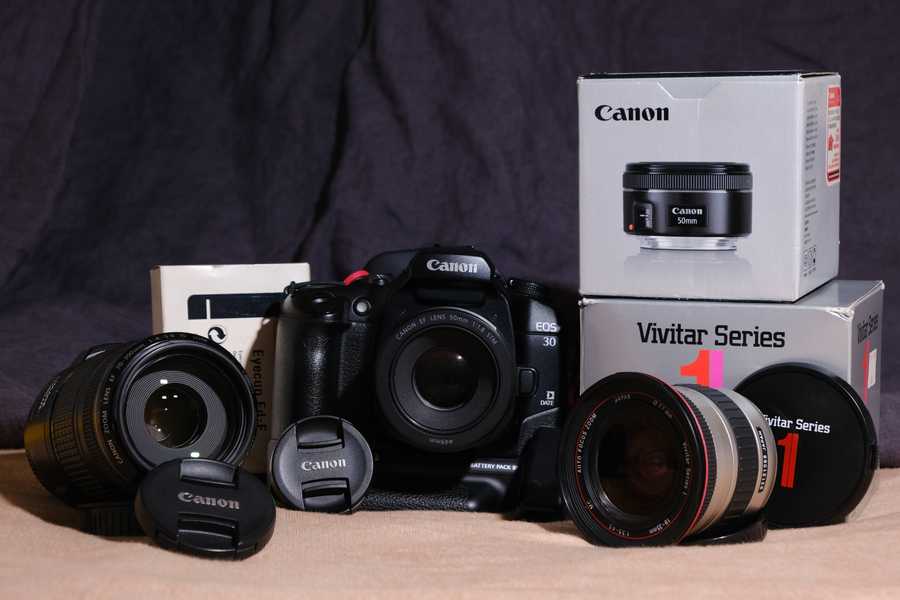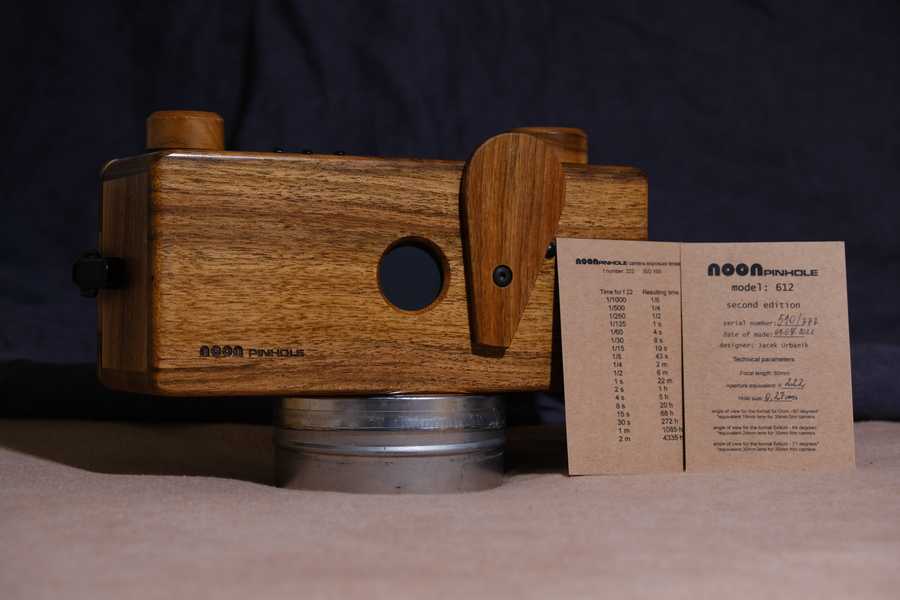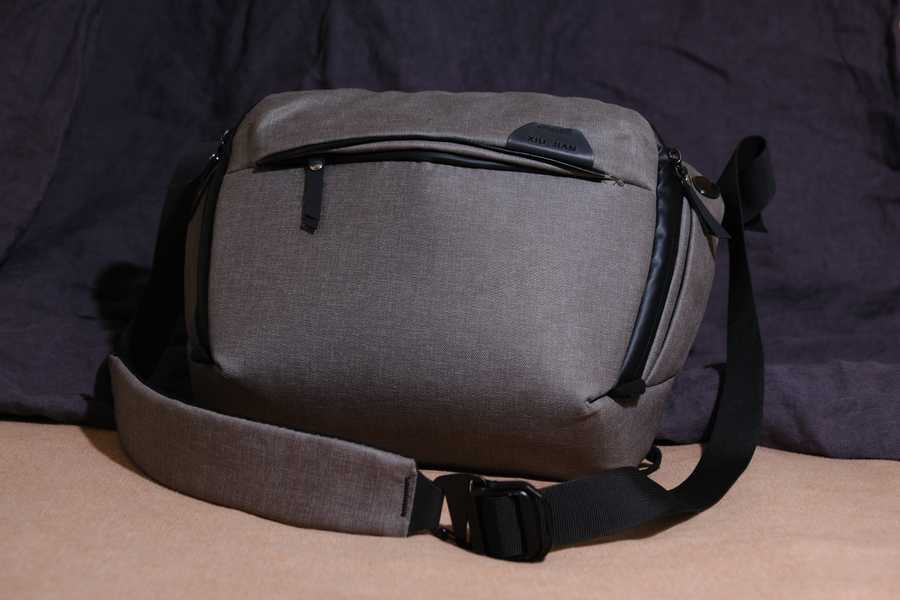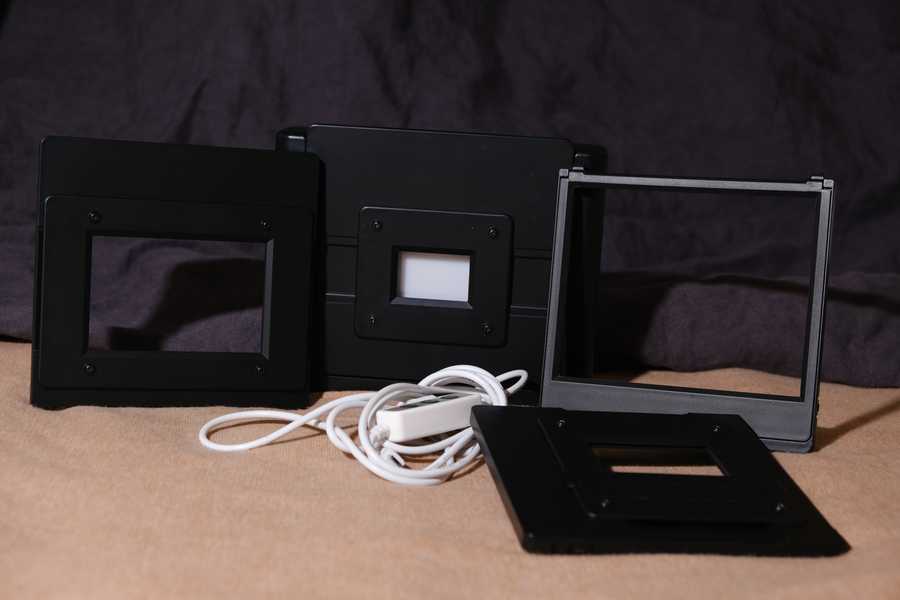What I got in 2022 - an overview
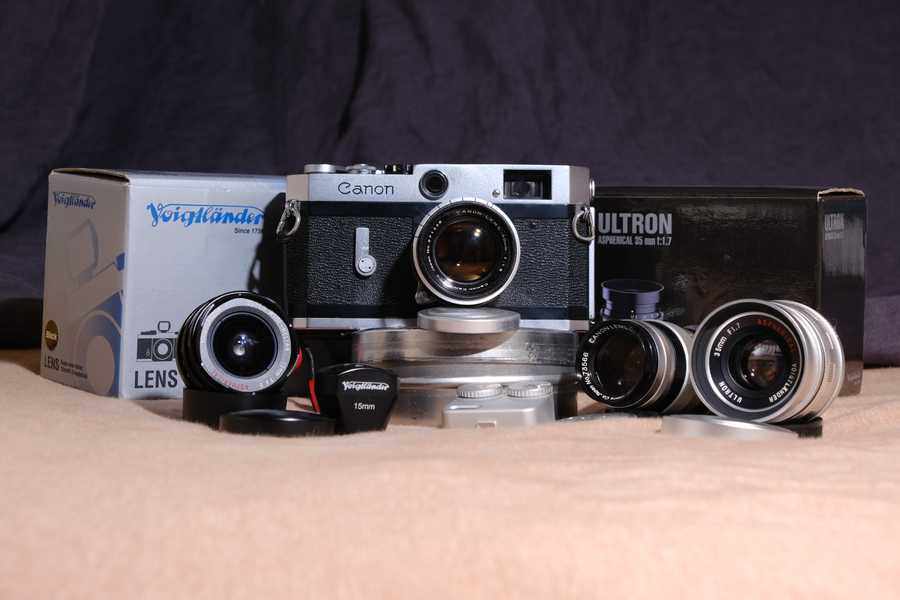
Wow, last year was gassy. As if I had a bean soup for a week straight. Despite me writing about the void, I still was hungry for more - more experiences, more gear. Sometimes the gear found me and fed more desires, sometimes it was cheap or interesting enough to come to me.
So it's a good time to look back at what I spent my hard earned cash on, and give a little review. To my surprise the list was rather long, even if I won't bother wasting your time with planckton
Which is weird, knowing that I wrote about "the void". So my overaching theme for purchases is that I'm buying different experiences, or something that may me force to think a bit differently. No 15 SLRs for the same system, for example; and no straight upgrading either.
Anyway. It's been a lot, so I need to give this a structure. Here's an index:
1. Canon P // LTM
A rangefinder! I hated these. SLRs are superior! I had a YashiEle 35, briefly a Zorki 4, Agfa Optima 1535, neither really made a good impression on me, besides the latter. Even Leica M7 didn't make a great impression on me, but that may be just due to the price to performance ratio.
But I saw Canon P on a shelf in HKCamera once... It was looking at me, I think. It's very pretty; probably the prettiest interchangeable lenses rangefinders besides Leicas. then second time... then I went out my way to see if it's still there, and got it.
With a TTArtisan hotshoe meter it wasn't too bad. It's ergonomic, makes nice sounds, and is absolutely reliable. Beats Barnack Leicas by a mile. It's not much smaller than Minolta XD, nor it is much quieter, but it gives you more confidence for street photography.
Only gripe is the viewfinder, and you have to get really close to get the full frame on 35mm.
👍 Canon P comes absolutely recommended!
Canon 50mm f1.8 LTM
The lens the camera came with. I've had great results - it's plenty sharp, although not sharper than modern lenses; the bokeh has a little swirl to it, and it's great to use.
But it has an infinity lock, meaning you have to press the little button and move the focus lever away. You do get used to it, but it felt weird at beginning.
👍 Would recommend, great starter option, beats Jupiters.
Canon 100mm f3.5 LTM
The lens I got from Japan for very cheap. Outside looks mint, inside was hazy as hell and there's a chip in one of the middle elements. I cleaned it up and it helped immensely, but contrast is still a bit low. On top of that, the rangefinder coupler was two layers of electrical tape too short, making me miss focus initially (guess how I fixed it).
I'll bring it but I wouldn't plan my day around this lens (unlike Minolta 100mm f2.5, that one's amazing!)
Voigtlander 15mm f4.5
An ultra wide angle, widest I've ever been. No rangefinder coupling on LTM, but you barely need it with massive depth of field. It's a bit dark, but it's ultra small and light. The viewfinder is better than reality too, but it means I have to take the TTA meter off to use this lens. It's difficult to compose, but the effects are great.
👍 Would recommend too.
Voigtlander 35mm f1.7
This one was cheap. 35mm, the ultimate street focal length, or so I heard. And the last lens that I had framelines for, there were few options to choose - from Canon's 1.8/2 (rather pricy), to Color Skopar (not available), and this little Ultron popped up locally for sale for a tempting price.
I guess that's where Leica owners talk about "character", because this lens is definitely not sharp wide open. However, from day to day use I cannot complain at all, but I would probably try to get a vintage Canon instead.
2. Canon EOS 30 // EF
I did a review for this camera already here.
👍 Definitely comes recommended.
Canon 50mm f1.8 STM
I bought an USM II that was alright, but broke it in an accident. The STM is a massive upgrade. Sharp wide open (careful when taking portraits on A7R3!), the autofocus motor is quiet and quick. A must have for EF camera owners, I'd say. On used market they're also rather cheap, for what they give. It's a lens you would get at the beginning of your photography journey and just never sell.
👍 No question.
Canon 70-300mm f4-5.6 IS
I wanted to get this lens to catch Winnie the Pooh in the Disneyland Exhibition Center, but didn't get it on time. It's great to have image staiblization on film. The image quality, as I tested on A7R3 against 70-200 f2.8, is not far off, sometimes even superior. At the long end though chromatic aberration becomes a noticeable problem.
They're also not that expensive on used market either. The AF may be noisy, and the front ring rotates with focusing, so keep that in mind if you want to use it for cars.
👍 IS is goat.
Vivitar 19-35mm f3.5-4.5
Series 1, so Vivitar was proud of it. I got it as New Old Stock, never used. It's a very light lens, mostly because it's so dark. The image is sharp enough, but doesn't make me amazed. It does what it's supposed to do, but I can't fall in love with it.
3. Fujifilm X-S10 // FX
X-S10 is absent as it was making the picture :)
As my X-T20 decided to once again stop cooperating with SD cards bigger than 8GB, and the dust under the sensor wouldn't go away... time to upgrade. I wanted IBIS, so foolish Fuji executives not releasing X-T40 made me stall with my decision. I could get X-T4, or X-S10; I liked the dials on X-T20, but X-T4 was just too big and heavy. I pulled the trigger on X-S10.
I wanted to do a full review of it, but there's not much to say here. I like the tilty screen, the fact that old batteries fit; I like the grip, and IBIS is absolutely amazing.
One point I want to touch on is the change of philosophy between the two cameras, and in general, with verbose dials and PASM. These two approaches represent what I will call philosophies of do and say, respectively.
Do means what you set, what you actually do with the dials, rings on camera, put you in specific modes. It seems more intiuitive to me - if I want shutter speed to matter, I'll choose one on the dial; if I know it won't matter much, I'll keep it on Auto. Same goes for aperture. Either way, the mode I'm in depends on my actions.
With say philosophy, first you must declare which mode you're in, and the camera will bestow you with the ability to change the parameters you declared you will change. It seems like another step. My actions depend on the mode I'm in.
Yeah, I prefer the first option, but it doesn't matter too much after getting used to it.
👍 I can recommend it as long as Fuji doesn't release a mid level camera with IBIS.
Fujifilm X-Pro1
That's a fun one, got it for helping a friend with a website.
Autofocus sucks, Electronic Viewfinder sucks, the frame in the Optical Viewfinder misses the image by a lot, and yet I still take it out as a walkaround camera. It lends itself rather nicely to simple, slower use cases. And it uses the same batteries as X-S10. The build quality is very good, and the images it takes onto its 16 megapixel sensor are still pleasant to look at.
The way I use it is I got some meme film presets from the net and I don't even bother editing JPGs. They're good enough, the outing was casual, no expectations, all chill.
I can't recommend it though, unless you get it really cheap; X-Pro2 seems like a substantial upgrade.
Viltrox 13mm f1.4
Oh my god, this is it. The bee's knees. The images you get from this are amazingly sharp. The autofocus is on point. I don't shoot wide often, but when I do, I can't help but love every image that gets projected onto the sensor by this amazing pile of elements. Plenty of reviews covered it already; I'll just say I was here when Viltrox was finally put on the serious map. The 33mm was good for the price, the 13mm exceeded any of my expectations.
The build quality is great; the aperture ring has clicks. No weather resistance, but who cares. Fuji will never get to that level.
👍 This lens has joined my travel kit along with 18-55 and 50-230, and I do not mind the extra weight. Take that as you will.
TTArtisan 27mm f2.8
I did a review on it here.
Reccommendation comes from your own ethics system.
Godox X2S
I've been a believer in natural light, but sometimes you just can't help it.
I already had a flash from Quadralite (which is a Godox rebrand), which I didn't use, until I got a small gig related to product photography, and I found it frustrating that I couldn't use any indirect lighting with the speedlight. Or I had to use the commander function on the X-S10, which gave a distinct shine to a wine bottle that I couldn't get rid of.
A must have gadget for that very reason - if you're shooting any products, or models... which brings me to another thing. Get a PC to hotshoe adapter, set everything digitally, and you have a proofing solution for flash photography on film. Don't need to touch the flash, just replace the camera and reconnect the transmitter for the actual shot. That's it. Amazing.
👍 Good to have one even if you use it twice a year.
No-name EF-FX adapter
I said I won't waste your time with planckton, but I gotta mention this. A quarter of price of a branded Viltrox adapter, with autofocus, looks very similar... what if...?
No, it's not. The USB port on it is not functional. I had to put additional foam to reduce internal reflections. Autofocus hunts, sometimes fails. It does get the job done at the end of the day, but it's no Metabones.
4. Noon pinhole 612
Pinholes are weird.
A pinhole will not yield you good image quality. And people still use them.
Making one yourself is stupid simple, and people still get the fancier ones.
It's beautiful to look at. The minimalistic, yet functional design lends itself for surprisingly great usability. A bubble level and few dots on top of the camera help you with framing, and that's all you need. I haven't shot much with it at all, but I did shoot one of my favorite sunsets on Provia. I usually don't like the images I take with it either (as I expect sharpness...), and yet I can't hate it. It's the simplest way of taking images, and it does require experience and patience.
It looks better than Zero, doesn't have 6x17 or rise, but I'm still glad it's here.
5. Horseman 45HF // 4x5
My first foray into the large format, that went unexpected.
But I already had the experience with pinhole, so slow shooting was not a problem at all. I had to get a new developing tank, some accessories. I was prepared.
It's a completely new experience. I can't take an image I'm really happy with yet, but I'll get there, sooner or later.
You have to be mindful of your surroundings, for one. Your world cannot end in the viewfinder. I mean, you still have to focus, ground glass on the Horseman is surprisingly bright and I don't need a loupe most of the time. What I mean is the time between viewing the final image and actually taking it.
Think about it this way - in a rangefinder or TLR, what you see the moment you press the shutter is what you get - no latency at all. In an SLR, the mirror goes up, briefly covering your view before taking the image - you took a picture of what was few miliseconds ago. In large format, once you decide on the composition, you have to close the ground glass, put the film holder in, take out the dark slide, and all that, costing seconds, maybe minutes. And you can prolong that time "in the darkness" as long as you like. Thus, you have to be mindful - if things in front of the camera change, what will be on the image once you trigger the shutter? Where's the edge of the lens' view?
I'll add to this the possibility of shifting or tilting the lens. That blew my mind, and I can't believe we've been shooting with lenses with a fixed axis for so long.
I can recommend any 4x5 camera that will fit your own requirements. Probably a Wista with a rangefinder would be nicer; or an Intrepid would be lighter. The Horseman is stout, although limited by small lens boards.
Topcor 120mm f5.6
The lens I got the camera with. It's a moderately wide angle, and it's certainly sharp enough. It's also very small. Almost covers all movements possible on Horseman, but if you do rise and shift and maybe a bit of tilt, you'll see the end of image circle. What REALLY annoys me is the not standard cable release socket. No screw in, it's not compatible with the cheap shutter cables that were working with literally my every other camera.
The other, slightly less annoying thing is that you need to cock the shutter to open the lens. The controls are a bit of a pain to use blindly, as all the levers feel similar, but it does get the job done. Obviously an older desing.
I'll be keeping it but I don't feel that much love.
Topcor 210mm f5.6
A second lens - I knew that I want to do portraits. And it's great for these, and some landscapes, or urban scapes. Very versatile, 56mm equivalent. The subject separation I get is absolutely lovely; it seems sharp to me as well. What I see in the ground glass I can easily fall in love with.
Functionally it's also improved. Normal shutter cable socket, don't need to cock the shutter to open it for preview; on the ring we got B and T modes now as well, choose whatever you prefer.
Only problem? It's big so I have to switch back to 120mm before closing the Horseman.
👍 Absolutely lovely, makes large format really shine.
LomoGraflok
Polaroid is dead. Instax adapters to other cameras have existed before, although they're still rare. It's a way to proof your shots, or to play around.
And LomoGraflok is an Instax Wide back for Graflok-compatible 4x5 cameras.
It's simple, and works great. It's a bit of a pain to use since you have to insert a spacer under the ground glass to get accurate focusing, so it's not a 1-to-1 representation of what you'd get with film, but you can still test exposure, or take some portraits of some cuties and give it to them afterwards. Developing 4x5 film is a bit of a pain, frankly, and so is scanning it, so a quick way to show something and have a little souvenir?
You can do a lot with Instaxes. They aren't professional by any means, but they can be surprisingly sharp. They also do have some issues with color balance in daylight, really low dynamic range and awful reciprocity that starts at 1/30s - getting a proper exposure is crucial, but the results can pay off.
👍 I'd say a must-have for large format camera owners.
6. Miscallenous
Not only with cameras a human lives by. Some accessories may be life-changing as well.
Drybox
No picture, sorry, my place is dirty.
Anyway, a dehumidifying cabinet, or what I call a drybox is certainly necessary in humid climates, like the one I'm living in right now.
It's a way to organize your sensitive gear, and display it too, if you throw in some LED strips for nice presentation.
Most importantly though, it keeps the contents dry. Humidity in subtropical summer can be killer, makese fungus grow like nothing else. And that's it. A small investment, a very slight increase in electricity bill (barely noticeable once it stabilizes), and your stuff is safe.
I would consider getting it even if your place isn't that humid. Who knows what happens, and better to be safe than sorry.
👍 Get one.
FakeDesign Everyday Sling 6L
I've been using a laptop bag until this year. Just throw the cameras in, what's the worst that can happen?
Well, a backpack is sometimes too big. Or sometimes you'd rather limit your own choices.
This is a copy of the PeakDesign bag, for a third of its price. The materials aren't so nice, but functionally it's pretty much the same. It's surprisingly big too, fitting a Bronica S2A, 150mm lens and another film back. And some rolls. And wallet, keys. It's a bit heavy on the shoulder in that case.
I'd probably suggest getting the original though, that should last longer.
Tenba Axis v2 24L
A bit too big to take a nice photo of it, sorry, you can find it on the net though.
I mentioned the laptop backpack, right? I briefly had an opportunity to use a National Geographic backpack, when I borrowed A7R3 and some minor elements. That changed my view on backpacks. Dedicated space, back access, that's lifechanging. No strenum strap, a bit wonky at times, but works great. Has some space for a laptop, 4x5 kit fits perfectly, tripod goes on top.
I had to return it though. I thought, I would never find such a perfect backpack again. I've gone through many reviews, sites, most were pointing to a LowePro ProTactic 450 blah blah. It's big and should fit most of my needs, but goddamn it screams "special military operation in Ukraine". My needs are indeed somewhat special - some of my cameras are not exactly small or regular in shape - the EOS 30 with the battery grip is very tall and didn't fit in a WANDRD PRVKE 30L, for example.
The salesman didn't have the LowePro, but suggested something else. The aforementioned Tenba. EOS 30 fit in perfectly, so did Bronica S2A. 3-point access, configurable, all that jazz. Fits a laptop too. And it's very comfortable, with the strenum strap, and a detachable waist strap. Even though the backpack itself is rather hefty at 2kg, fully loaded with 2-3 systems, tripod, doesn't feel bad at all. My shoulders don't hurt the next day like they did with the laptop backpack. 5 year warranty on top of that.
👍 Please invest in a good camera backpack if you don't have one yet.
No-name film scanning rig
I've been using a Viltrox L116T and Essential Film Holder for my film scanning, and I thought that's the endgame for a reasonably priced kit. And it wasn't cheap, either. 90 quid for a piece of plastic... that was shiny and you had to sand it down, too. And the film always kinked and you had to put your finger under it to guide it to the end. Wow, I really put up with a lot of bullshit.
To my surprise, in China, someone created a solution that's half the price of EFH, has integrated light and works like a dream. Okay, it's still a bit shiny so I had to sand down the edges, but I never had problems with film slipping out of the carrier. No problems with diffusing the light either. Covers 35mm, 120 in two flavors, and 4x5 as well - the latter of which is not even covered by EFH, and I'm glad I got the fully loaded option, given that Horseman found the way to me later that year.
I don't know what's the CRI of the light; nor do I want to know. It gets the job done. I never dread using it. No batteries, just connect the included cable (can change brightness too, although not much reason to?). Slide the film in. Focus your camera with macro lens, and go to town.
Unfortunately, it's only currently available on TaoBao (Chinese Aliexpress). I can help you get one, though.
👍 That was probably the best purchase of the year. I could get by without Canon P and most of the other gear (with the exception of drybox), but this has improved my scanning life massively.
What's next?
I don't know. I didn't know I'd end up with so much stuff at the beginning of last year either.
I think I should get a wide angle lens, like 75mm, for 4x5. A TLR would be nice too, but Bronica S2A with 75mm f2.8 mostly covers the image, but not the feel. Maybe it's actually the time to learn how to take good images?

